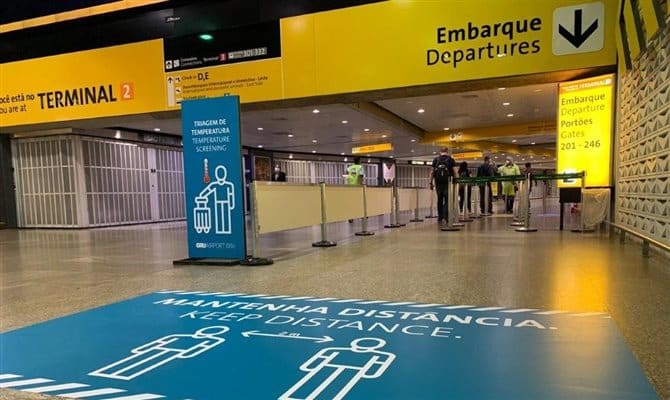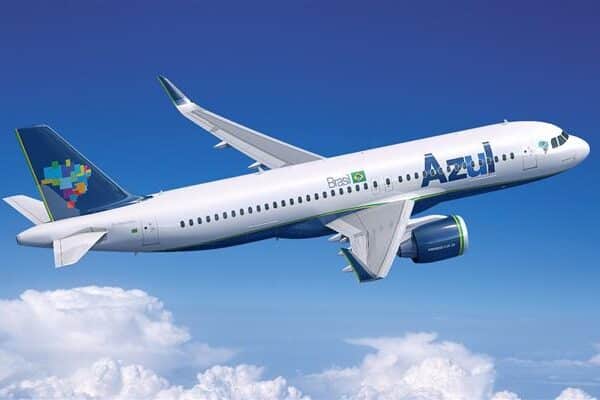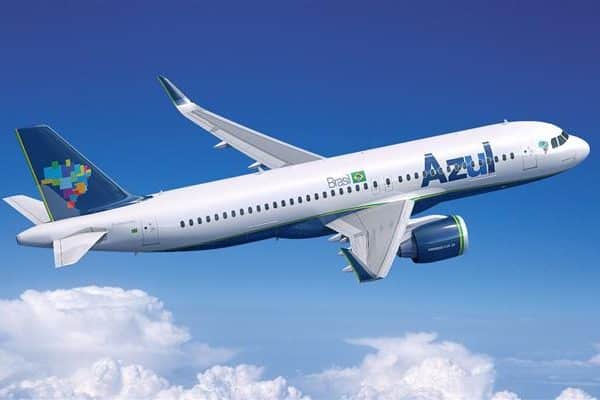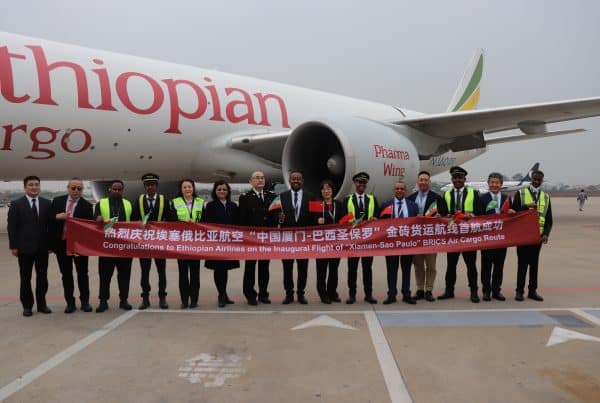
Guarulhos Airport, in São Paulo, or GRU Airport, is the busiest in Brazil, with 42.8 million passengers transported in 2019. With the coronavirus pandemic, border blocking, and suspension of operations, the airport left from seeing its halls full and started to focus on new health and safety protocols. Now that it is resuming its movement, arriving at around 35 thousand passengers a day, we consulted Miguel Dau, a veteran of Brazilian aviation and current Director of Operations at GRU Airport. At this time of the year, approximately 135 thousand people passed through the airport daily. Currently, terminal 1 is closed, terminal 2 concentrates domestic flights, and terminal 3 is directed at international operations, very limited, that is.
“The airport, from the first moment when the virus impacted humanity, immediately took a series of actions. In the first place, protecting employees, because without employees we cannot protect passengers, and we were successful in that. We sought procedures that aimed at passenger safety and comfort Procedures that use technology and provide confidence to the traveler. We joined a working group coordinated by Anac (National Civil Aviation Agency), with several companies and agencies in the sector. We started to establish a series of points that became requirements. Another concern was that the other airports would follow the same protocols, not least because the network is systemic and the passenger needs to find the same procedures when boarding and arriving at the destination “, explained the commander Miguel Dau.
The now GRU executive said that “among public transport, air is the one that provides the least risk of contamination.” “During the flight, most modern aircraft have the HEPA filter, which makes the plane as clean or as clean. more than a surgical center. “Therefore, since security onboard is very efficient when fighting the new coronavirus and other particles and germs, attention turns to hygiene and precautions at the airport, when boarding and disembarking. In addition to the protocols, Dau states that it is essential for passengers to collaborate when wearing face protection masks, respecting the necessary social distance, and, especially, washing their hands frequently.
“Regarding the action with the passenger, we divided it into three parts: information, sanitation of the airport, and behavioral, which includes the collaboration of the passenger in the social distance and the use of masks. Concerning behaviors, airlines have been working to provide to the passenger the ability to maintain the necessary distance. Since everyone is wearing masks, the risk of contamination is minimal. So, this behavioral issue is fundamental, and we depend on the passenger as well. Of the aircraft, which is made by rows and whoever is at the bottom wants to leave soon, causing crowding in the corridor “, warned the director.
The airport expects an increase o 50 thousand daily passengers until August 10, if the companies keep their operations, and foresees for the end of the year between 60% and 70% of the domestic movement and between 30% and 40% in international operations. The protocols and measures will accompany this resumption of movement in Guarulhos and should remain after the pandemic.
CLEANING OF PUBLIC AREAS

1 – Cleaning of the terminal, including seats, air conditioning, trays, and all common areas, has been done more frequently.
2 – The terminals have been cleaned at approximately twice the frequency as before the COVID-19. “But, we understand that, if the passenger wears a mask and wash his hands, the risk of contamination is low.”
3 – The bathrooms are cleaned more frequently, which is dictated by the movement of the airport and not by schedule as previously. There are motion meters that I start
4 – “We put alcohol dispensers in gel in all places where passengers pass so that there is no lack of options for hand hygiene.”
5 – “We are also evaluating an anti-viral fabric to be applied in different areas of the airport. Many of the sanitary measures that COVID-19 brought will be permanent, avoiding contamination by other diseases in the future as well ”, guarantees Miguel Dau.
TEMPERATURE CHECK

6 – The airport adopted temperature control by cameras, due to increased movement, mainly in terminal 2, to do this control without disturbing the flow of passengers.
7 – In terminal 3, which has less movement, measurement using an infrared thermometer is being used. If a passenger is identified with a fever higher than 37.8ºC, he is invited to go to the medical post to make an evaluation. If they were suspected of being infected with COVID-19, he would be sent to the reference hospital in Guarulhos.
ELEVATORS
8 – In elevators, social distancing must also be respected. Depending on the elevator, up to four people can enter. There is a marking on the floor to indicate the limit. Errata: Approach sensors to avoid having to press the elevator call button are still being evaluated, and not in use as described in the PANROTAS Magazine article.
NO TOUCH
9 – “We place QR codes at various points in the airport to avoid crowding in front of televisions so that the passenger can monitor the status of his flight by cell phone.”
10 – The Operations director ensures that everything that can be done in the touchless philosophy (without contact) is being implemented or studied.
BEVERAGES
11 – The drinking fountains are working. Those that force their mouths to be turned off and their spouts are being replaced by others that allow water to be placed in glasses or bottles. This exchange process will still take about 30 days.
SUSPENDED SERVICES
12 – According to Miguel Dau, no airport service has been suspended, but if the passenger uses an ATM or touches any surface, he needs to know that he should wash his hand and that he should not bring his hands to his mouth, eyes, and nose without first wash or sanitize them.
13 – The airport also encouraged and instructed the merchant transferees to sell and dispose of items such as masks and alcohol gel to passengers. And they accepted.
FOOD
14 – Buffet service in restaurants is suspended, and some companies are making dishes and delivering them to the tables. Spacing between tables is also being applied, and alcohol gel dispensers have been placed in food courts. All employees are working with caps, gloves, and masks.
GROUND TRANSPORTATION
15 – “We recommend distance with visual cues. We also made changes to the curb area so that land transport companies do not accumulate in the same area.”
LUGGAGE CARTS
16 – According to GRU Airport, luggage carts are still available and are being cleaned more frequently. “But we suggest that the passenger clean their hands after use. We are thinking about a series of technologies to provide passengers with more peace of mind in this regard.”
REMOTE BOARDING
17 – Remote departures, which are not via the boarding bridge and the passenger needs to travel to the aircraft in buses or vans, are still happening, even with the smaller number of flights. According to Miguel Dau, buses are running with only 50% of normal capacity.
SIGNALING

18 – “We are working with audiovisual messages. The audio part is done in three languages , and we broadcast a video with dr. David Uip with recommendations in the range of flight programs. Several written messages were also applied to the walls, columns, floor, and chairs, recommending the use of masks and respect for social distance”, explains the airport manager.
PASSENGERS
19 – What is the recommendation for check-in and boarding advance? According to Miguel Dau, the airport prefers that each airline apply its guidelines according to the destinations it operates. “We would get in the way if we did that too. The international passenger needs to know in advance all the necessary documentation for boarding and the time recommended by the company, some countries already request an examination certificate for COVID-19 on arrival. The domestic passenger, on the other hand, needs to arrive an hour in advance, it is more than enough to check-in”.
20 – There were no changes in the items that can be taken on board. “As for alcohol gel, there are no restrictions on domestic flights, but liquid alcohol is prohibited. For international flights, the limit is 100 milliliters, including alcohol gel”.
LANDING
21 – No test is performed on the arrival of any flight. In situations of suspicious cases, the procedure is the same as for boarding: the passenger is invited to go to the medical post to make an assessment, and if they are suspected of being infected with COVID-19, he will be sent to the reference hospital in Guarulhos.




